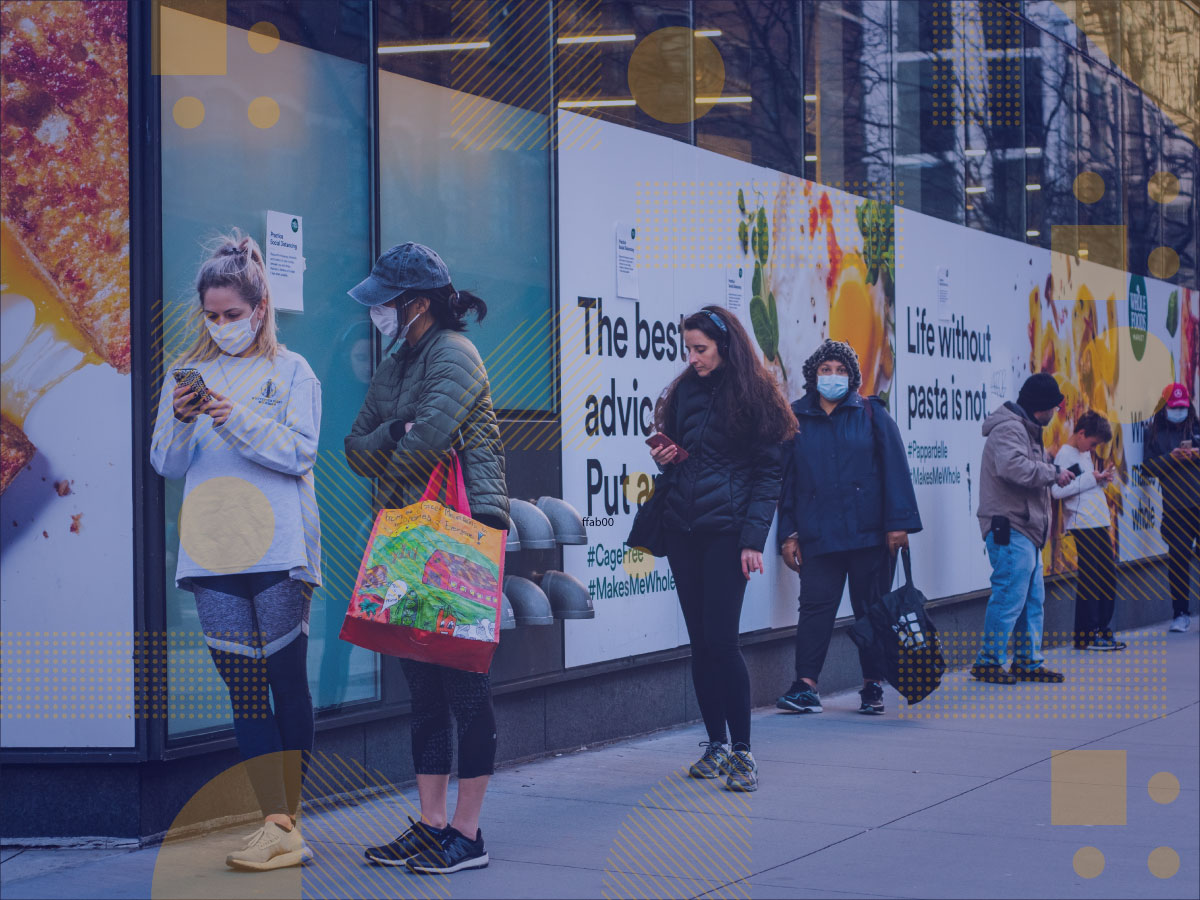

A few years ago, my marketing science colleagues and I found that over half of consumers were buying the same brand of toilet paper nearly every time. This was because one-in-three consumers believed it met their needs better than other brands (I would consider them genuinely “brand loyal”) and one-in-five considered the brand ‘good enough’ so they chose to avoid the risk or effort of trying something new. That’s a lot of volume attributable to auto-pilot purchasing — which was just disrupted by major shortages caused by panic buying in the early days of the COVID-19 outbreak.
Because of these shortages (in many categories, not just toilet paper!), unprecedented levels of brand trial have just occurred across high-demand categories. Some of that trial will lead people to conclude that their new brand is “better” (i.e., superior quality) or “better value for the money” (i.e., acceptable quality at a lower cost). Similarly, shortages have triggered trial of new categories (e.g., switching from bacon to turkey bacon). And some of that trial will lead to long-term adoption of those categories (“hey, that’s not so bad! And it’s better for me, so….”).
Due to these conclusions, this forced trial event is likely to lead to long-term shifts in market shares even once supply chain challenges and panic-driven motivations are resolved. This is especially likely if brands are cutting their advertising spending, which will leave consumers to forget why they loved those brands in the first place.
As economic hardships continue through the pandemic, brands can expect many people to shift their buying criteria from “better” to “better value,” resulting in share gains for store brands, share losses for premium-priced organic products, and shifts to value-size packages or bulk buying at warehouse stores.
While people stay at home, they are buying espresso makers, taking the wedding gift bread maker out of its package, and googling recipes as never before. Some will fall in love with these homemade treats – or the experience of creating them – and seek to continue this behavior. Meanwhile, others will accept that they have no other choice, as they need to stretch their food budgets going forward. Either way, the resurgence in scratch preparation may linger.
At the same time, alcohol is flying off the shelves, as is junk food of all kinds, as people embrace weekend evenings at home and take solace in comfort foods. Both are examples of quarantine behaviors for consumers who may have otherwise paid price premiums out at bars and on fresh and healthier food.
It’s clear that most consumers will adopt and embrace new habits in the age of coronavirus, but what’s less clear is how long those habits will last. That in-home glass of wine may become an entrenched nightly ritual, while others may start buying weight-loss shakes or rush back to their gyms to work off their COVID-15. Bulk package buying, whether driven by stock-up and store avoidance goals or elevated levels of in-home consumption as the family shelters in place together, may revert to single-serve convenience packages that fit easily in a lunchbox or cup holder.
The shelf-stable motivation behind recent buying of powdered creamer, dried apricots, canned beans, and mashed potatoes in a box – once dissipated – may leave those categories relegated back to the role of “processed” foods in the oft-avoided center of the store. If there is a second wave of coronavirus, will it trigger another round of quarantine buying, or do people still have a year’s supply or canned beans in their cabinet?
To understand the new landscape of consumer behaviors, brands will want to invest in reliable primary research. The true impact of the virus will vary from brand to brand and from category to category. But based on our own recent interactions with brands, here are some of the most prevalent questions that are worth exploring:
It may be tempting for brands to pause their research investments and wait until the pandemic is over to learn about the “new consumer.” But if you wait that long, you’ll be too late, and you risk losing ground to your competition. Don’t waste this opportunity to learn real-time insights so you can adapt on the fly and set yourself up for success when pent-up consumer demand explodes.
You must be logged in to post a comment.